Mark Wallinger and Studio Octopi installation celebrates the Magna Carta
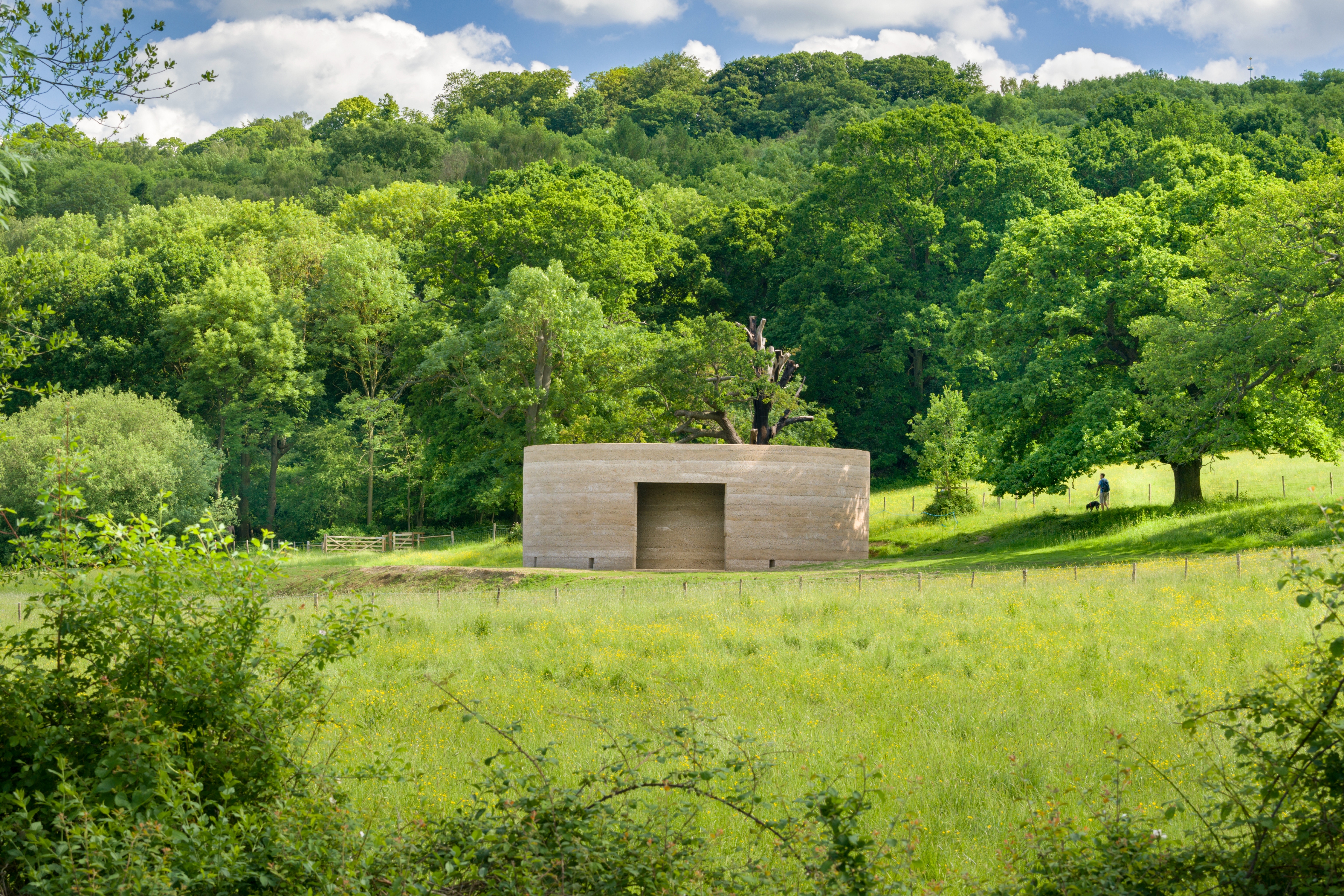
As one walks across the green countryside towards Cooper’s Hill in Runnymede, a low, circular building emerges from the base of the rolling hills of Surrey. This is the new permanent installation by Turner Prize-winning artist Mark Wallinger, produced in collaboration with London-based architects Studio Octopi, as a celebration of the Magna Carta – the seminal document sealed by King John over 800 years ago on the land that is now cared for by the National Trust. The art piece, entitled ‘Writ In Water’, was named after the inscription on poet John Keats’ gravestone.
The structure was inspired specifically by the Magna Carta’s famous Clause 39 – ‘No free man shall be seized or imprisoned, or stripped of his rights or possessions, or outlawed or exiled, or deprived of his standing in any way, nor will we proceed with force against him, or send others to do so, except by the lawful judgment of his equals or by the law of the land,’ – that is widely considered a landmark moment in shaping common law and modern justice and democracy across the world.
With the initial commission won, Wallinger approached Studio Octopi, who he knew through their design of the Delfina Foundation, where he is a trustee. ‘We were keen to establish a narrative that linked the architecture with Mark’s concept. It was agreed that the building’s materials should be drawn from the context, that the form should physically embed itself in the landscape and that encoded within the design would be references to the passage of time’, says James Lowe of Studio Octopi.
The team responded to this by creating a round, low and symmetrical structure that is open at its heart – a central oculus masterfully unites the sky and a reflective pool on the ground, bringing together air, water and light in perfect harmony. Wallinger and Studio Octopi wanted to ‘provide visitors with a space for reflection and contemplation’, they explain. The structure is a simple circular labyrinth made of rammed stone from the site; this references the local geology of the ancient site. The roof structure consists of 52 stained Douglas Fir rafters.
The inside of the round pool is carved with the words of Clause 39. ‘In Writ in Water, the use of reflection to make the text legible plays against the idea of a law written in stone. Magna Carta curtailed this divine right and issued the first secular writ’, says Wallinger.
‘In working through each of these details Studio Octopi’s aim was to best represent the concept within the historic landscape, choosing materials and details that reinforced Mark’s concept. Our work is predominantly involved with existing structures and establishing a narrative between host and insertion. Our approach was very similar here…’ concludes Lowe.
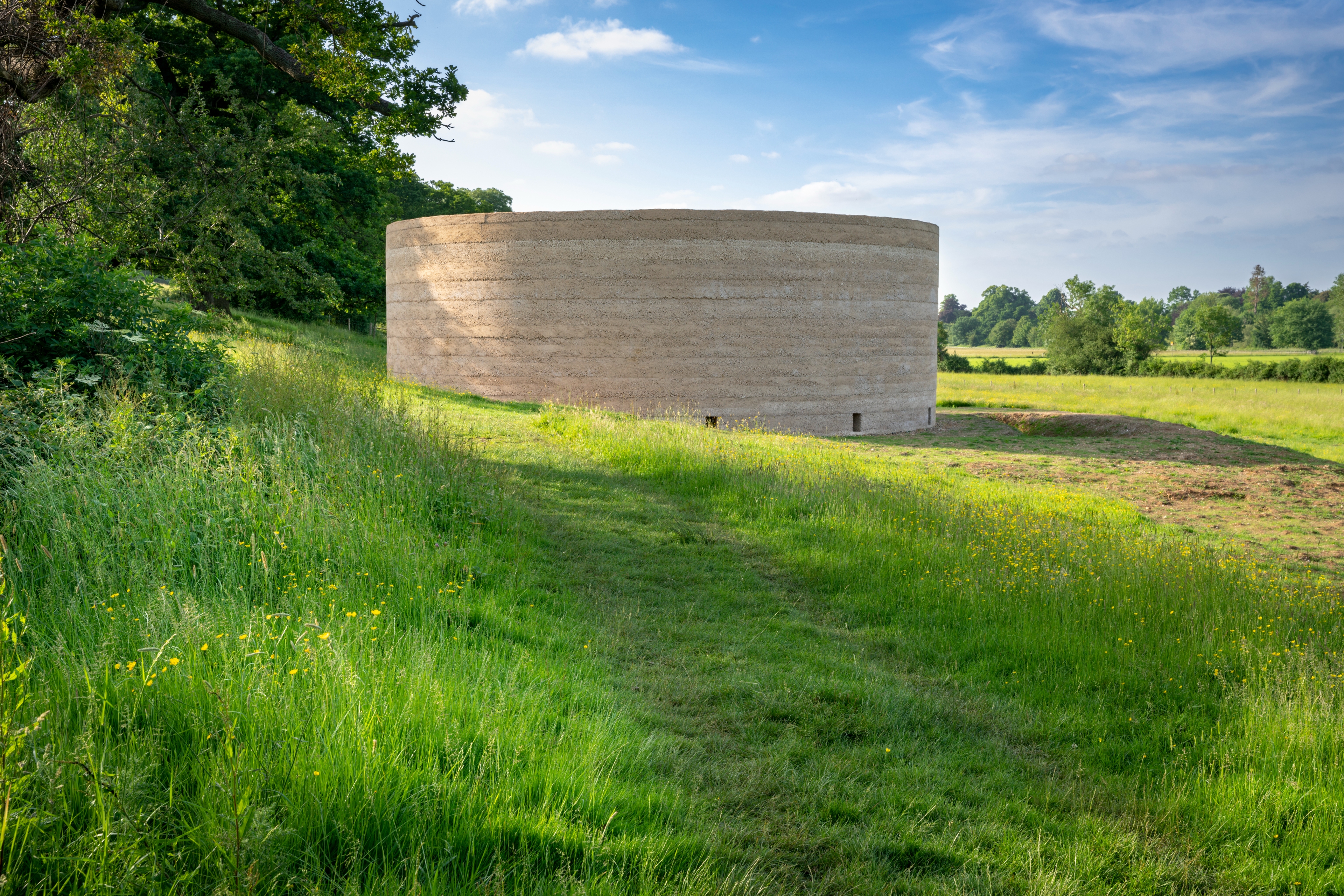
The permanent installation celebrates the legacy of the Magna Carta.
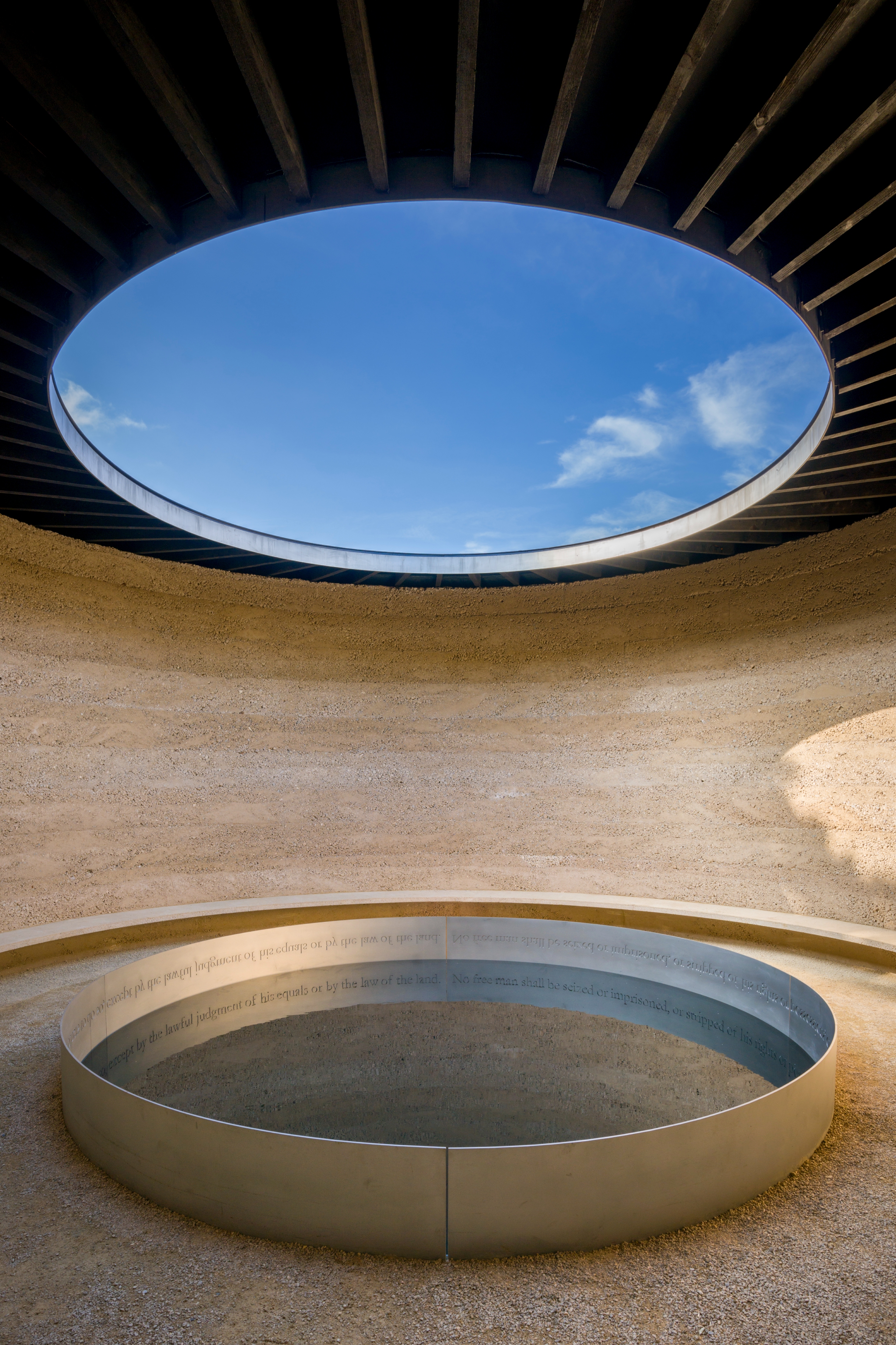
Entitled 'Writ In Water', the piece is an immersive space for contemplation.

At its heart, an oculus unites water, sky and light in perfect synergy.
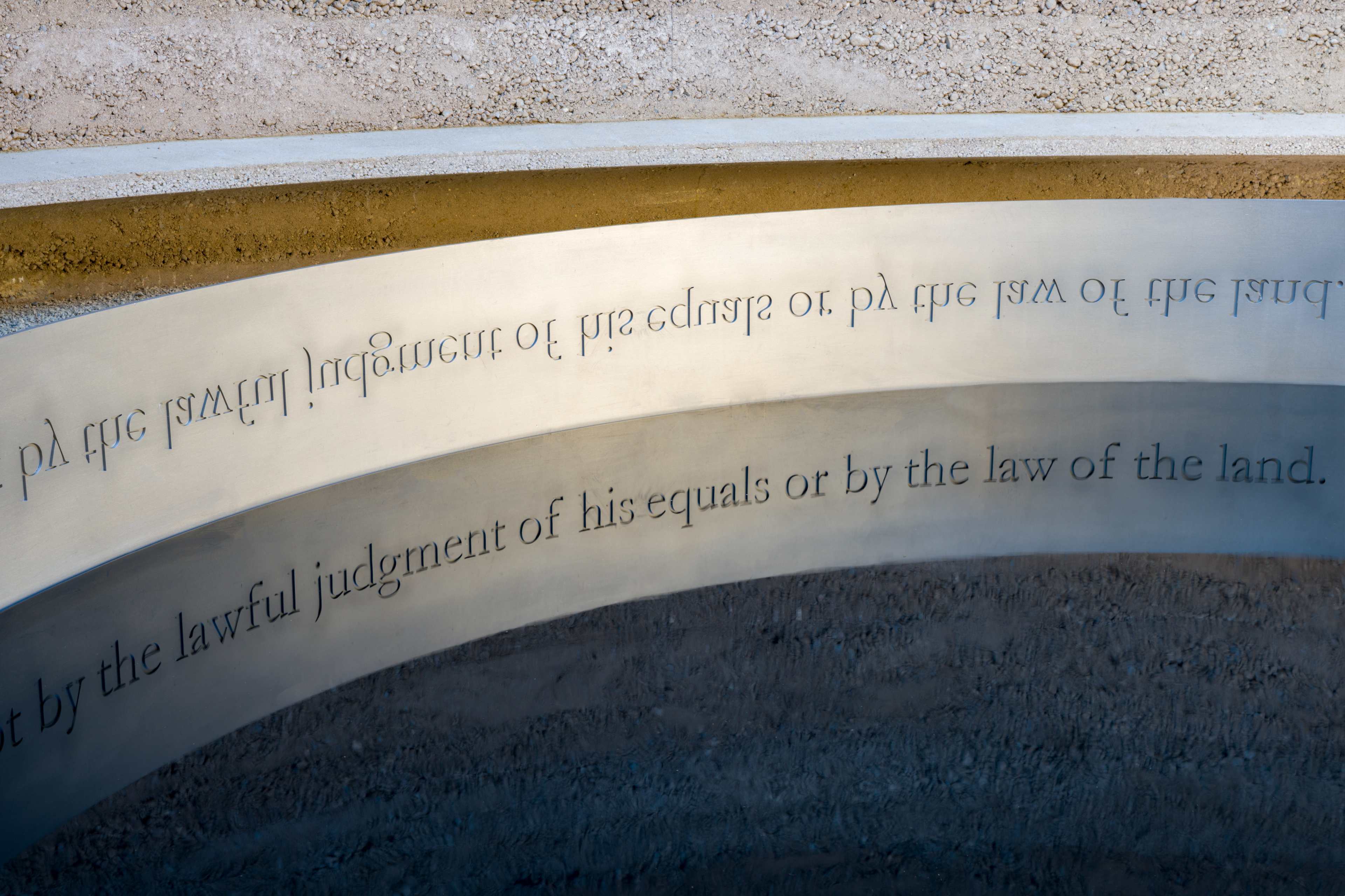
The sides of the pool are inscribed with Clause 39 of the Magna Carta.
INFORMATION
For more information visit the website of Studio Octopi
Receive our daily digest of inspiration, escapism and design stories from around the world direct to your inbox.
Ellie Stathaki is the Architecture & Environment Director at Wallpaper*. She trained as an architect at the Aristotle University of Thessaloniki in Greece and studied architectural history at the Bartlett in London. Now an established journalist, she has been a member of the Wallpaper* team since 2006, visiting buildings across the globe and interviewing leading architects such as Tadao Ando and Rem Koolhaas. Ellie has also taken part in judging panels, moderated events, curated shows and contributed in books, such as The Contemporary House (Thames & Hudson, 2018), Glenn Sestig Architecture Diary (2020) and House London (2022).
-
 The Maybach Ocean Club is a floating members’ club for the super-rich
The Maybach Ocean Club is a floating members’ club for the super-richMercedes-Benz Places, the carmaker’s property arm, has announced the upcoming Maybach Ocean Club, a ship-based enclave inspired by automotive luxury
-
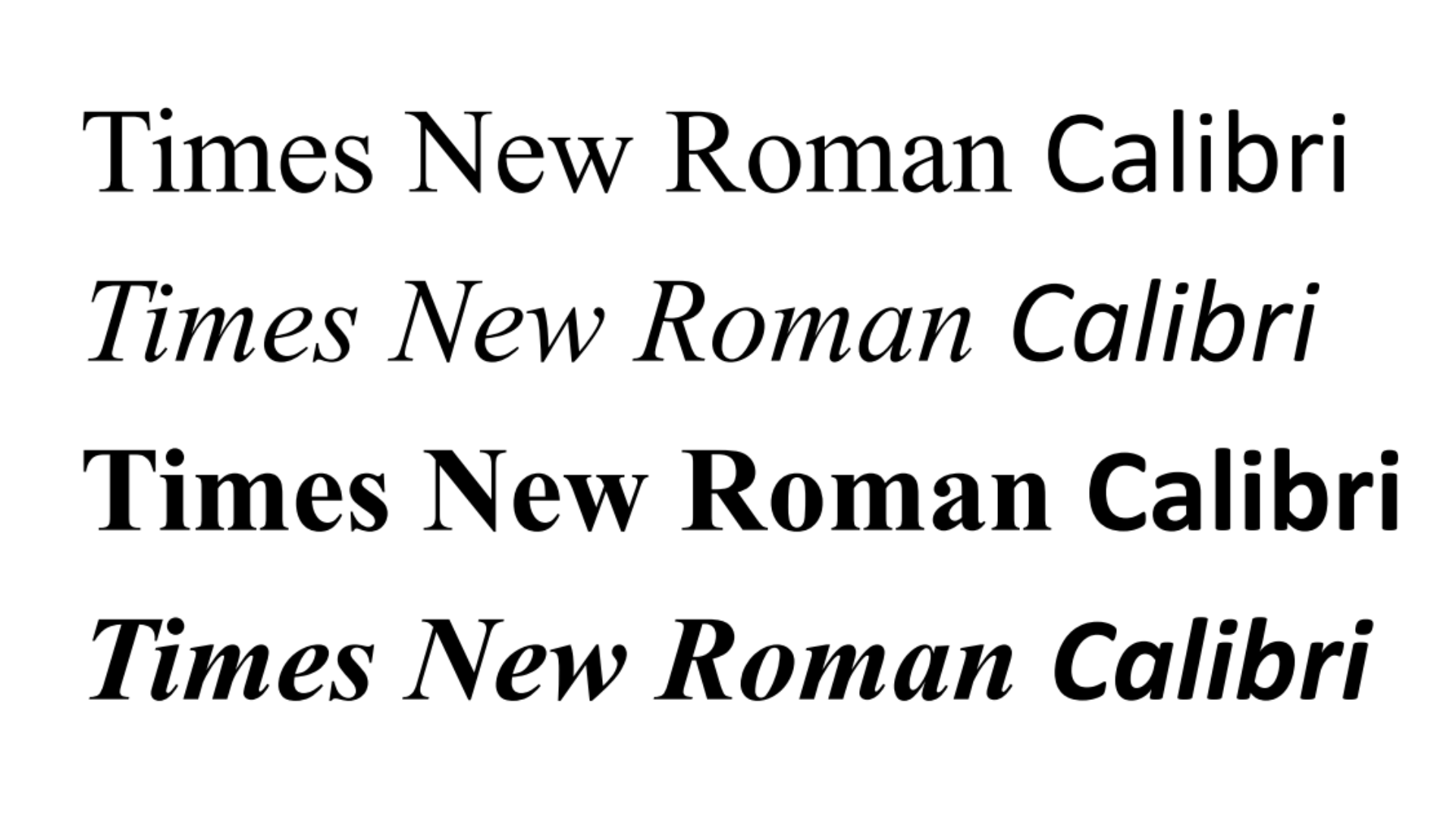 Is the Calibri typeface 'woke'? We asked its designer
Is the Calibri typeface 'woke'? We asked its designer'It's more a compliment than something bad for me,’ says the Dutch type designer Lucas de Groot
-
 The Wallpaper* Design Awards are back in 2026 – see who's shortlisted
The Wallpaper* Design Awards are back in 2026 – see who's shortlistedOur annual design awards returns in January – here are the first shortlisted nominees
-
 RIBA House of the Year 2025 is a ‘rare mixture of sensitivity and boldness’
RIBA House of the Year 2025 is a ‘rare mixture of sensitivity and boldness’Topping the list of seven shortlisted homes, Izat Arundell’s Hebridean self-build – named Caochan na Creige – is announced as the RIBA House of the Year 2025
-
 In addition to brutalist buildings, Alison Smithson designed some of the most creative Christmas cards we've seen
In addition to brutalist buildings, Alison Smithson designed some of the most creative Christmas cards we've seenThe architect’s collection of season’s greetings is on show at the Roca London Gallery, just in time for the holidays
-
 In South Wales, a remote coastal farmhouse flaunts its modern revamp, primed for hosting
In South Wales, a remote coastal farmhouse flaunts its modern revamp, primed for hostingA farmhouse perched on the Gower Peninsula, Delfyd Farm reveals its ground-floor refresh by architecture studio Rural Office, which created a cosy home with breathtaking views
-
 A revived public space in Aberdeen is named Scotland’s building of the year
A revived public space in Aberdeen is named Scotland’s building of the yearAberdeen's Union Terrace Gardens by Stallan-Brand Architecture + Design and LDA Design wins the 2025 Andrew Doolan Best Building in Scotland Award
-
 A refreshed 1950s apartment in East London allows for moments of discovery
A refreshed 1950s apartment in East London allows for moments of discoveryWith this 1950s apartment redesign, London-based architects Studio Naama wanted to create a residence which reflects the fun and individual nature of the clients
-
 In this Cotswolds home, drama meets minimalism
In this Cotswolds home, drama meets minimalismCotswolds home Hiaven house, with interiors designed by McLaren Excell, is a perfect blend of contemporary chic and calm, countryside drama
-
 David Kohn’s first book, ‘Stages’, is unpredictable, experimental and informative
David Kohn’s first book, ‘Stages’, is unpredictable, experimental and informativeThe first book on David Kohn Architects focuses on the work of the award-winning London-based practice; ‘Stages’ is an innovative monograph in 12 parts
-
 Find solace in the forest at this expansive treehouse retreat in Dorset
Find solace in the forest at this expansive treehouse retreat in DorsetFor sale for the first time, a treehouse, Mallinson’s Woodland Retreat, is a tribute to the skill of designer and master craftsman Guy Mallinson